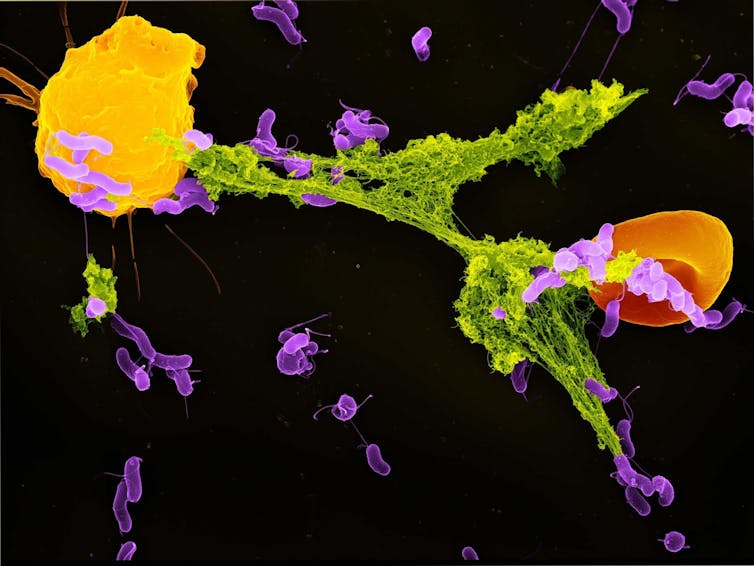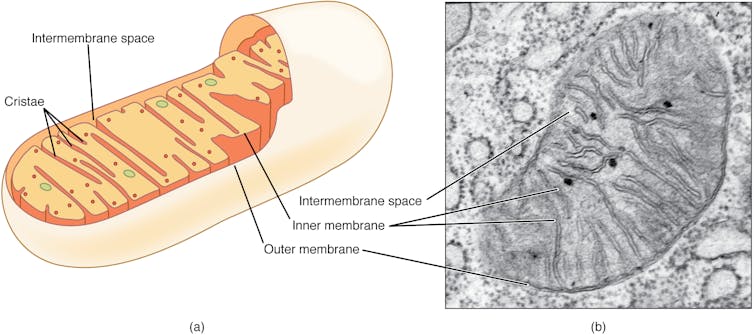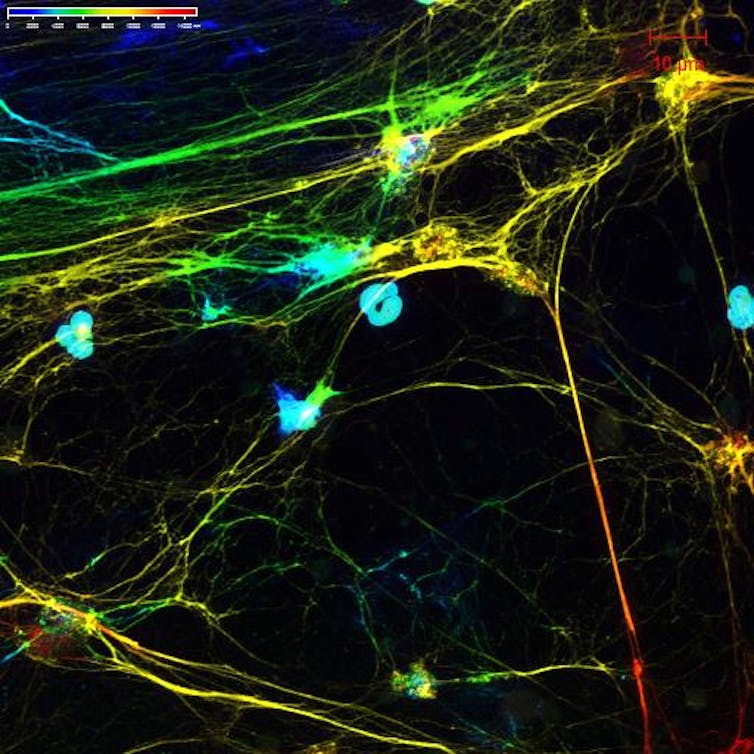Graduate Student Sarina Mitchell Wins Smokey’s Choice Award

Graduate Student Sarina Mitchell Wins Smokey’s Choice Award
Microbiology graduate student Sarina Mitchell attended the Lab Safety Culture Awards Dinner on December 11, 2025 and was awarded the Smokey’s Choice Award for demonstrating excellent safety culture while working in her lab. The award was selected by the voting team of the Lab Safety Culture Awards subcommittee.


